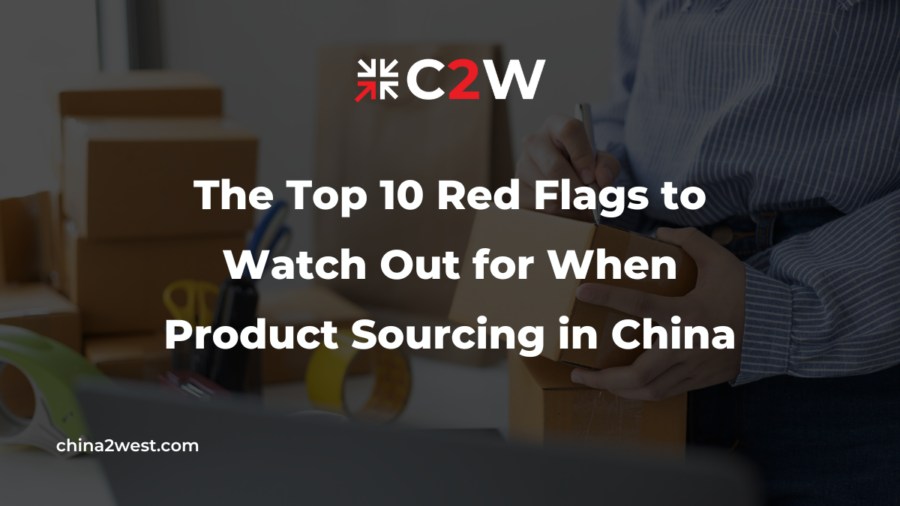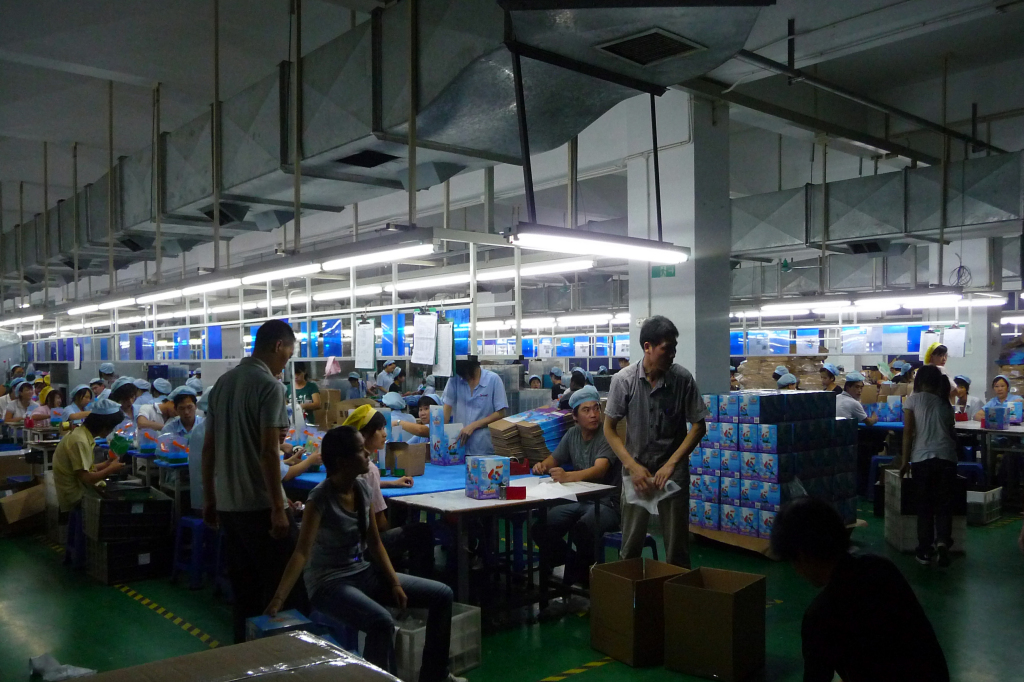Product sourcing from China can be a goldmine for businesses looking to expand their product lines or reduce costs. However, it’s a landscape filled with potential pitfalls that can turn a promising venture into a costly mistake. In this comprehensive guide, we’ll explore the top 10 red flags you should be aware of when sourcing products from China. By the end of this article, you’ll be equipped with the knowledge to navigate these challenges effectively.
1. Incredibly Low Prices
While low prices are often the main attraction for sourcing from China, prices that seem too good to be true should raise an immediate red flag. Extremely low prices can be a sign of substandard materials, poor workmanship, or even fraudulent operations. It’s crucial to compare prices from various suppliers and understand the market average. Remember, quality should never be compromised for the sake of cost.
2. Lack of Proper Communication
Effective communication is key in any business relationship. When dealing with suppliers in China, be wary of those who provide vague, delayed, or inconsistent responses. Communication barriers not only pose a challenge in understanding your requirements but can also lead to significant errors in your orders. Look for suppliers who are prompt and clear in their communication.
3. No Verifiable Track Record
A reliable supplier should have a solid track record with verifiable references or case studies. Be cautious of suppliers who cannot provide evidence of past successful projects or who are reluctant to share client testimonials. Conducting due diligence, such as checking online reviews and reaching out to their previous clients, can provide valuable insights into their reliability.
4. Lack of Transparency in Operations
Transparency in operations is a critical factor in choosing a supplier. Red flags include the unwillingness to provide detailed information about their manufacturing processes, refusal to allow factory visits, or being evasive about their business practices. A trustworthy supplier should be open and willing to share detailed information about their operations.
5. Inconsistent or Poor Quality Samples
The quality of the samples you receive is a good indicator of the final product quality. Be cautious if the samples have inconsistencies or do not meet your quality standards. It’s also a red flag if the supplier is hesitant to provide samples or charges unreasonably high prices for them. Consistent quality in samples is a basic requirement for a reliable supplier.
6. Unwillingness to Sign a Contract or Agree on Terms
A supplier’s reluctance to sign a contract or agree on clear terms is a major red flag. Contracts are essential for protecting your interests and ensuring that both parties are clear about the expectations and obligations. Ensure that the contract covers aspects like quality standards, delivery timelines, payment terms, and intellectual property rights.
7. Frequent Changes in Quoted Prices
Beware of suppliers who frequently change their quoted prices without a valid reason. This could be a sign of financial instability, unprofessionalism, or an attempt to increase prices unfairly after you’ve become reliant on them. A stable pricing structure is a sign of a reliable supplier.
8. Ignoring Intellectual Property Rights
If a supplier shows a lack of concern for intellectual property rights or offers to produce counterfeit products, it’s a definite red flag. Not only is this unethical, but it can also lead to legal issues for your business. Ensure that your supplier respects intellectual property laws and is willing to sign a non-disclosure agreement if necessary.
9. Poor Factory Conditions
Poor factory conditions can be indicative of a supplier’s inability to maintain quality standards. It can also reflect on their business ethics, particularly in terms of labor practices. Factory audits, either conducted by yourself or through a third-party, are essential to ensure that the working conditions meet your standards and compliance requirements.
10. Lack of Certifications or Compliance with Standards
Finally, ensure that the supplier has the necessary certifications and complies with international quality and safety standards. Lack of proper certifications is a significant red flag, as it can lead to legal issues and harm your brand’s reputation.
Navigating the complexities of product sourcing in China requires diligence, thorough research, and sometimes, learning from mistakes. By being aware of these red flags, you can make more informed decisions and establish successful, long-term relationships with reputable suppliers.
Navigating the Complexities of Product Sourcing in China
In conclusion, while there are challenges in product sourcing from China, being aware of these red flags and approaching the process with a strategic mindset can lead to fruitful outcomes. Remember, successful sourcing is not just about finding the lowest prices but building partnerships based on reliability, quality, and ethical practices.
If you’re looking for more insights or need assistance with product sourcing in China, contact us. Our team of experts is ready to help you navigate the sourcing landscape, ensuring that you make informed and profitable decisions for your business.


